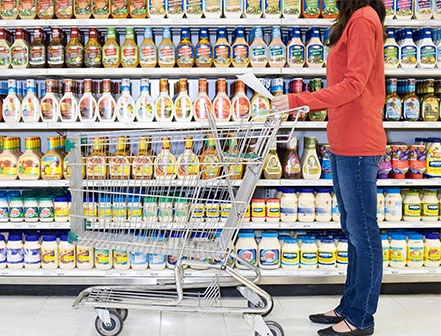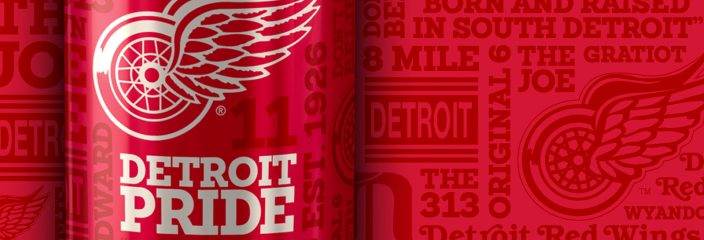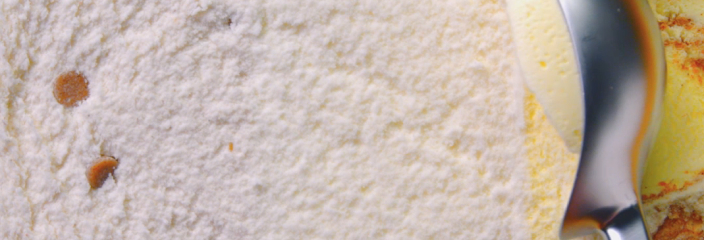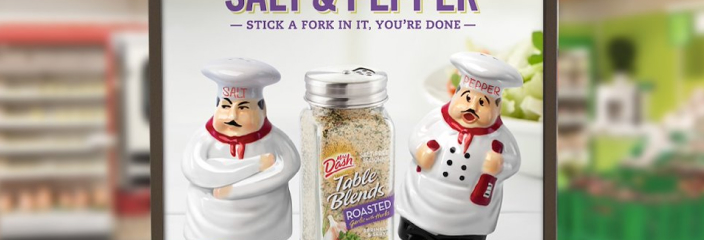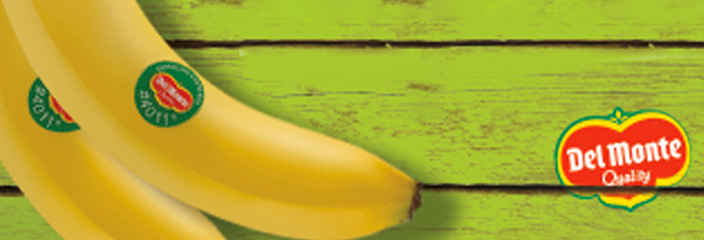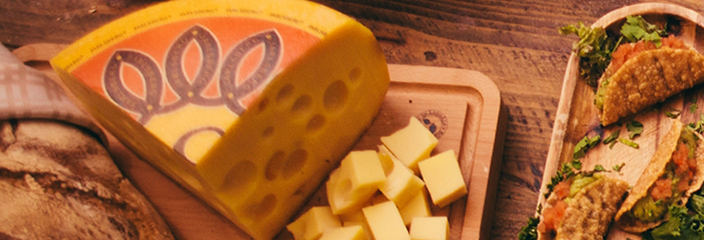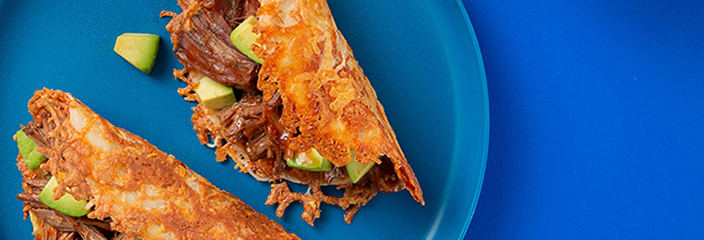The following is a closer look at a trend called Second Chance Foods (Upcycled Ingredients) from quench’s 2025 Food & Beverage Trends report. Visit the Trends page on the quench website to request a customized presentation of the report for your brand’s team.
What used to head straight to the compost bin is now showing up on store shelves—and consumers are here for it.
Upcycled ingredients are having a moment, and it’s easy to see why. Whether it’s the fiber-rich pulp left behind from juicing or nutrient-dense fruit peels once destined for the trash, brands are getting creative with what used to be discarded. And the result isn’t scrappy. It’s smart, sustainable, and surprisingly premium.
Think chips made from rescued vegetable scraps, granola bars packed with spent grain from brewing, or skincare powered by antioxidant-rich coffee grounds. These products aren’t just sustainable—they’re functional and flavorful, too. Today’s eco-minded, label-savvy shoppers crave innovation and reject food waste, and these products deliver on all their needs.
So, what’s driving this shift? A mix of consumer demand, environmental urgency, and a good dose of ingenuity. People are increasingly aware of the food system’s impact on the planet, and they’re looking to support brands that are part of the solution. Upcycling transforms waste into value, and that story resonates in a big way.
It’s not just a niche play anymore. As more brands join the upcycling movement, they’re not only reducing waste. They’re building new revenue streams, cutting ingredient costs, and enhancing their sustainability cred in an authentic way.
The message is clear: waste is out, innovation is in. If brands are willing to think differently about ingredients, the opportunity is wide open.
NEXT STEPS FOR BRANDS
Explore partnerships with suppliers who process raw materials and can provide upcycled ingredients. Moreover, highlight your upcycling efforts in product storytelling—whether it’s packaging copy, social media, or on-pack certifications like the Upcycled Food Association’s seal. Additionally, let consumers know exactly how you’re reducing waste and doing more with less. Smart, sustainable, and story-worthy wins every time.

